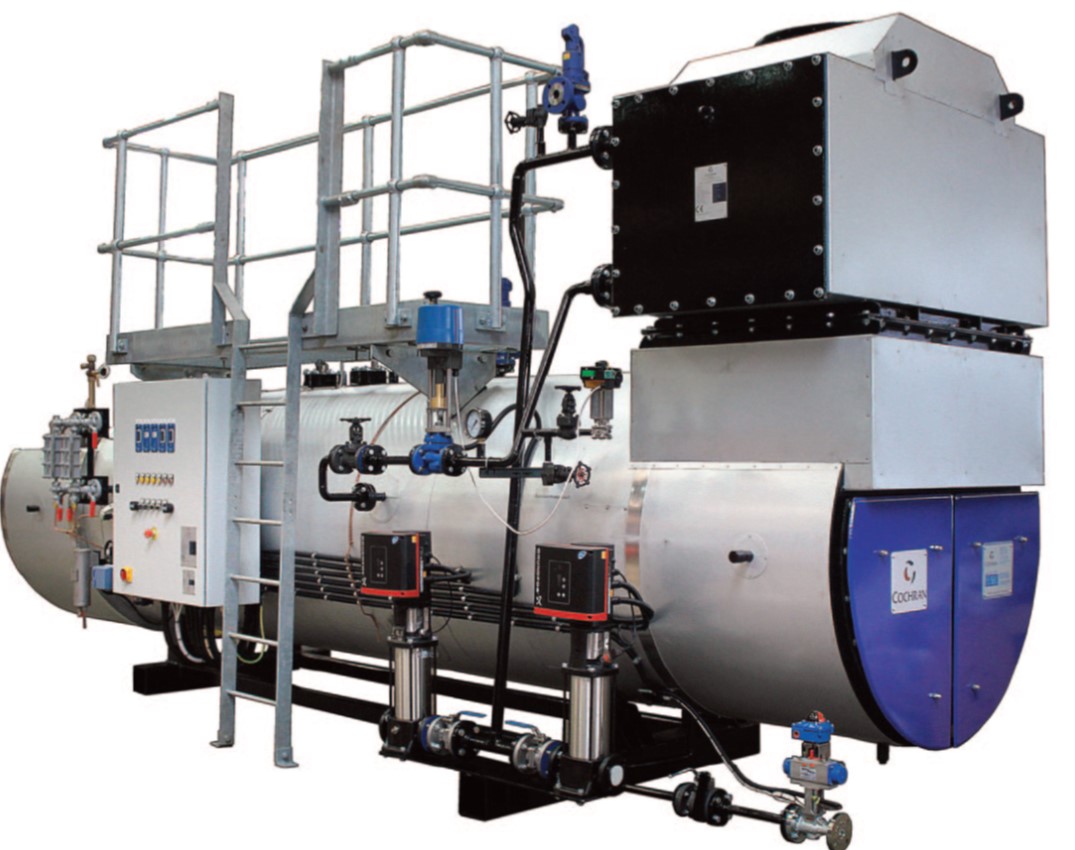
Technical Data – Waste Heat Recovery Steam Boiler (WHRB)
Parameter Typical Range / Specification
Boiler Type : Waste Heat Recovery Steam Boiler
Capacity : 150 kgh to 2 TPH (customizable)
Steam Pressure : 5 bar to 10 bar
Temperature : Saturated / Superheated (up to 520°C)
Heat Source : Gas Turbine Exhaust, Engine Exhaust, Furnace/Kiln Flue Gas
Fuel Consumption :Nil (utilizes waste heat only)
Exhaust Gas Temperature Inlet : 300°C – 1100°C
Outlet : 120°C – 180°C
Efficiency : Up to 85% (depending on gas composition & design)
Boiler Shell / Drum Plate : ASTM A516 Gr.60
Tubes : ASTM A192
Applications : Power Plants, Cement Plants, Steel Mills, Chemical Industries, Refineries, CHP Systems




